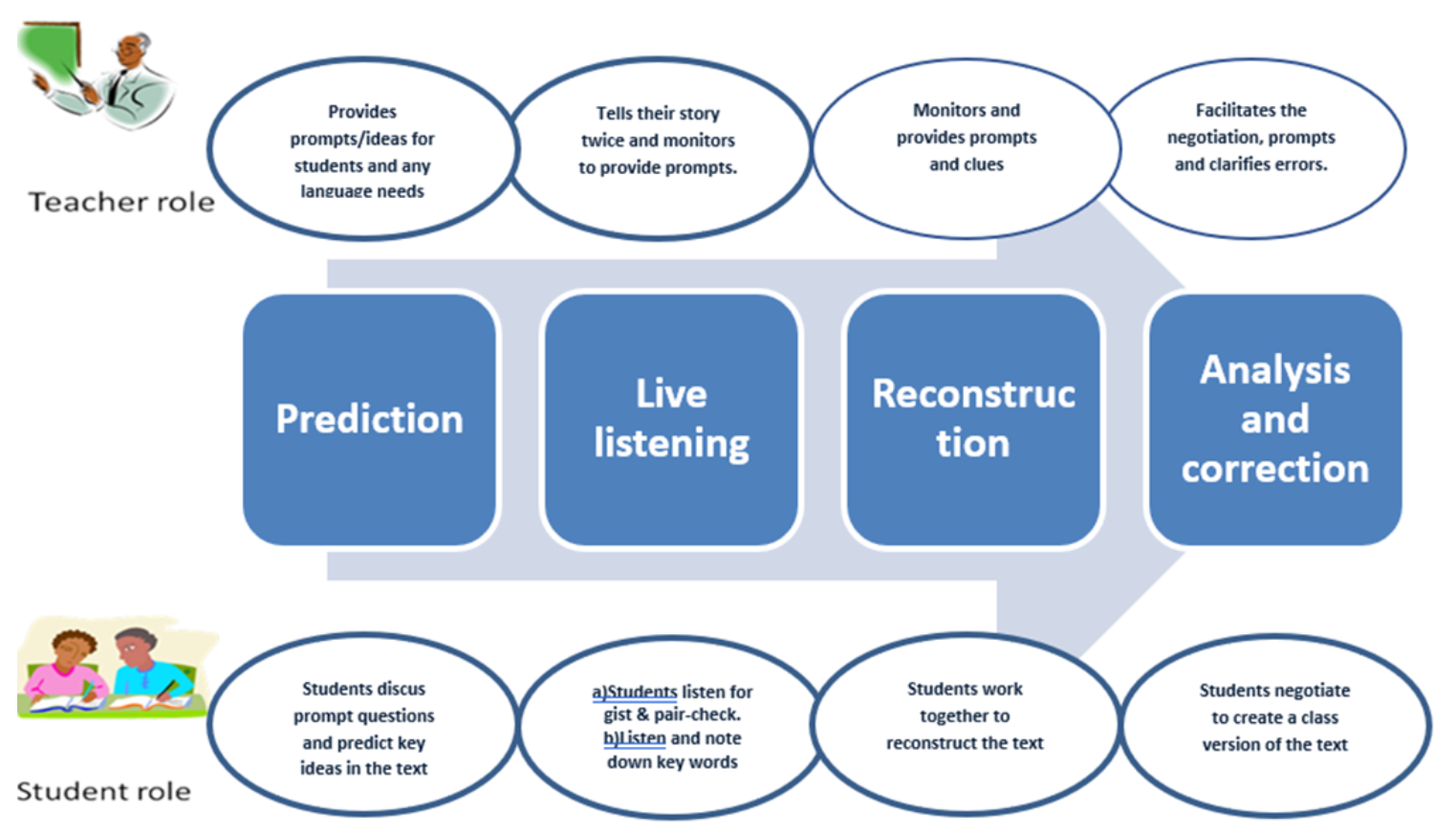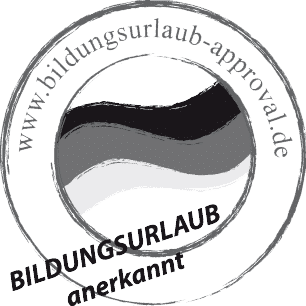What's a dictogloss? Well, it's a great way of uncovering your students' gaps in their grammar knowledge. Read this post to find out exactly how it's done.
What is a dictogloss?
Here's an example from my intermediate class:
In dictogloss or grammar dictation learners can combine improving their skills of listening and note taking with refining and upgrading their use of written language.
The learners are encouraged to use their productive grammar as they pool their notes, reconstruct the text and analyse and correct their approximate texts.
Why use a dictogloss?
This can be really helpful to uncover what the learners do and don't hear and use when it comes to grammatical forms which co-occur in discourse. Examples of this are: narrative tenses, modals of deduction and speculation, past habits, future forms and active / passive. During the reconstruction process, the teacher and the learners can notice the gap between what a proficient user of English would say and what they would say. This can be a very powerful tool, therefore, to develop learners' range of grammatical structure, address common examples of overuse or underuse and help learners see exactly what they need to work on.
Why use a dictogloss?
This can be really helpful to uncover what the learners do and don't hear and use when it comes to grammatical forms which co-occur in discourse. Examples of this are: narrative tenses, modals of deduction and speculation, past habits, future forms and active / passive. During the reconstruction process, the teacher and the learners can notice the gap between what a proficient user of English would say and what they would say. This can be a very powerful tool, therefore, to develop learners' range of grammatical structure, address common examples of overuse or underuse and help learners see exactly what they need to work on.
Before the lesson
Think of a theme that will engage learners and write a short text about yourself.
Look at the text and find repeated grammar patterns or structures that learners will have to use in order to faithfully convey the same ideas during reconstruction.
Here's an example from my intermediate class:

Stages in detail
If you use a dictogloss, remember to tell us about it in the community!







